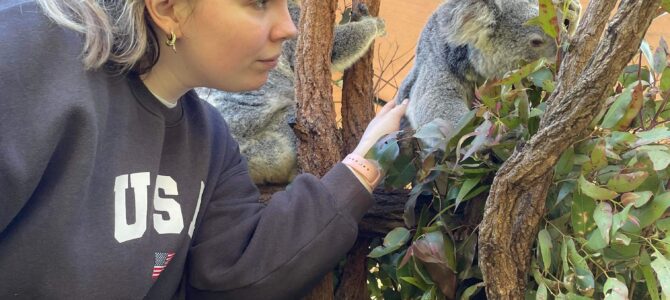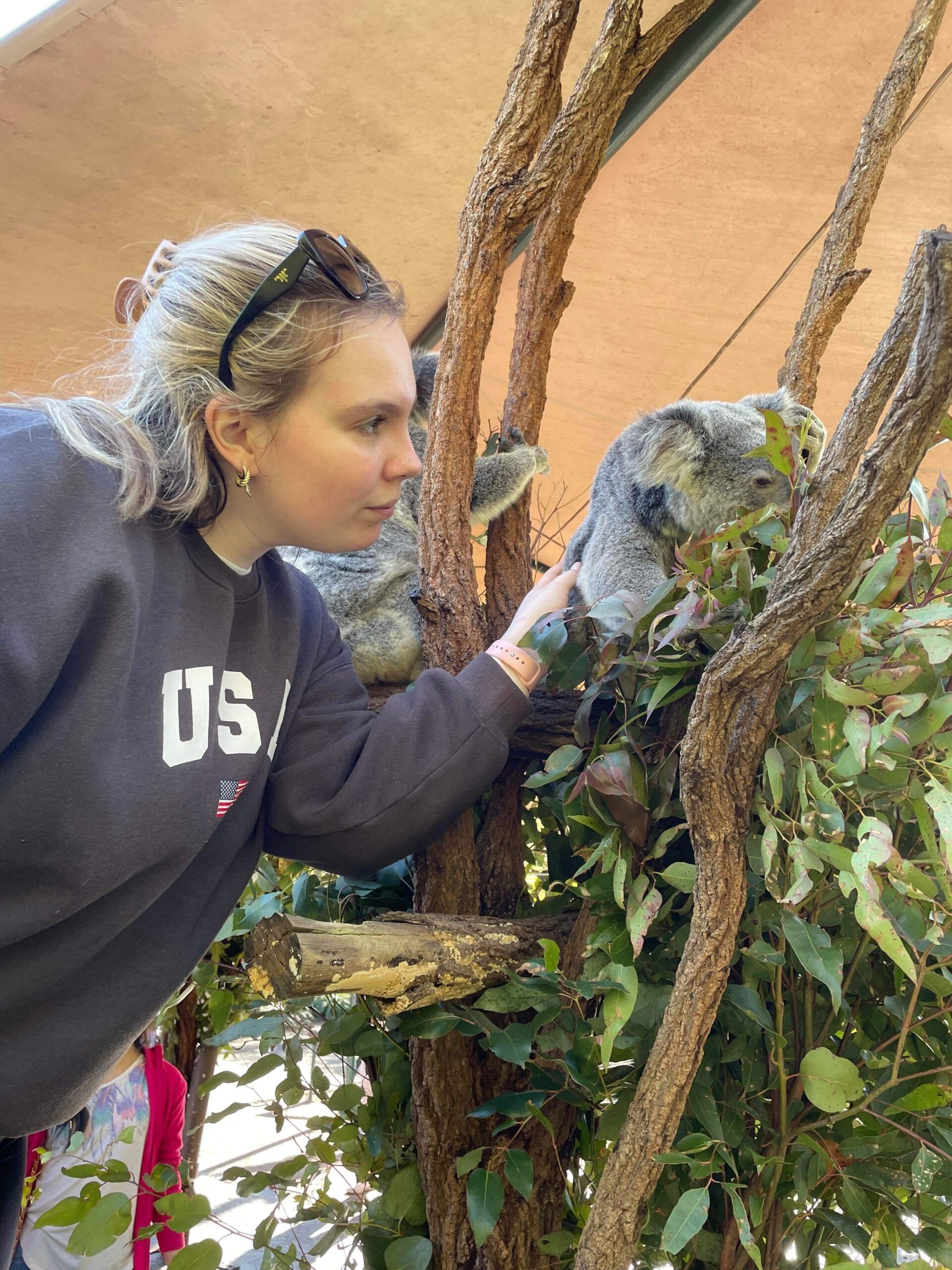Type: Journal article
Reference: Ockert, L.E., McLennan, E.A., Fox, S. et al. Characterising the Tasmanian devil (Sarcophilus harrisii) pouch microbiome in lactating and non-lactating females. Sci Rep 14, 15188 (2024). https://doi.org/10.1038/s41598-024-66097-8
Abstract
Wildlife harbour a diverse range of microorganisms that affect their health and development. Marsupials are born immunologically naïve and physiologically underdeveloped, with primary development occurring inside a pouch. Secretion of immunological compounds and antimicrobial peptides in the epithelial lining of the female’s pouch, pouch young skin, and through the milk, are thought to boost the neonate’s immune system and potentially alter the pouch skin microbiome. Here, using 16S rRNA amplicon sequencing, we characterised the Tasmanian devil pouch skin microbiome from 25 lactating and 30 non-lactating wild females to describe and compare across these reproductive stages. We found that the lactating pouch skin microbiome had significantly lower amplicon sequence variant richness and diversity than non-lactating pouches, however there was no overall dissimilarity in community structure between lactating and non-lactating pouches. The top five phyla were found to be consistent between both reproductive stages, with over 85% of the microbiome being comprised of Firmicutes, Proteobacteria, Fusobacteriota, Actinobacteriota, and Bacteroidota. The most abundant taxa remained consistent across all taxonomic ranks between lactating and non-lactating pouch types. This suggests that any potential immunological compounds or antimicrobial peptide secretions did not significantly influence the main community members. Of the more than 16,000 total identified amplicon sequence variants, 25 were recognised as differentially abundant between lactating and non-lactating pouches. It is proposed that the secretion of antimicrobial peptides in the pouch act to modulate these microbial communities. This study identifies candidate bacterial clades on which to test the activity of Tasmanian devil antimicrobial peptides and their role in pouch young protection, which in turn may lead to future therapeutic development for human diseases.

